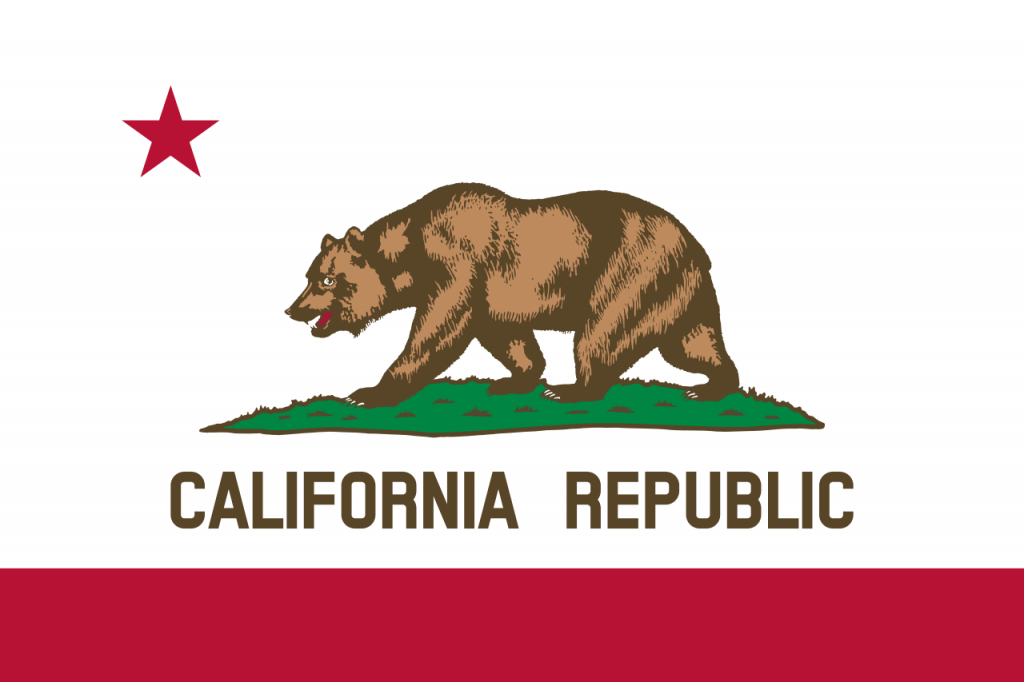From the happy people to the stunning beaches to the incredible mountains, deserts, vineyards, and forests, we know one thing: California is a place of beauty. Along with the Hollywood sign and the Golden Gate Bride, there is one thing that is an icon of California: its flag.

The flag is of interest to many because it pictures a grizzly bear . . . which is now extinct in California. This many locals know: but few know the story of the flag, and the “disaster” surrounding its first design. Read on to learn more about the origin of the California flag, and practice your TOEFL reading skills in the process!
“The Bear That Looked Like a Pig”
The grizzly bear figured prominently in the early history of California. When Garspar de Portola’s famished troops made their way back along the coast to San Diego in December 1769, they killed a bear in order to survive. In the early days of the missions, bear hunts were often the primary source for meat. Capturing one of these ferocious beasts alive was the supreme challenge for Californians. It isn’t any surprise, then, that when a group of American settlers revolted against the rule of Mexico, the flag they raised on June 14, 1846 include the crude depiction of a bear.
The original flag was painted on a piece of brown cotton by a man named William Todd. As soon as the flag was hoisted, though, the assembled crowd shouted “Coche,” the common name for a pig. Unfortunately, the original flag was lost in the great fire and earthquake of 1906, but an 1890 photograph confirms that Todd’s patriotism was better than his drawing skills.
The current flag of the state of California still contains an image of the grizzly, and it even looks like a bear.
TOEFL-Style Questions
